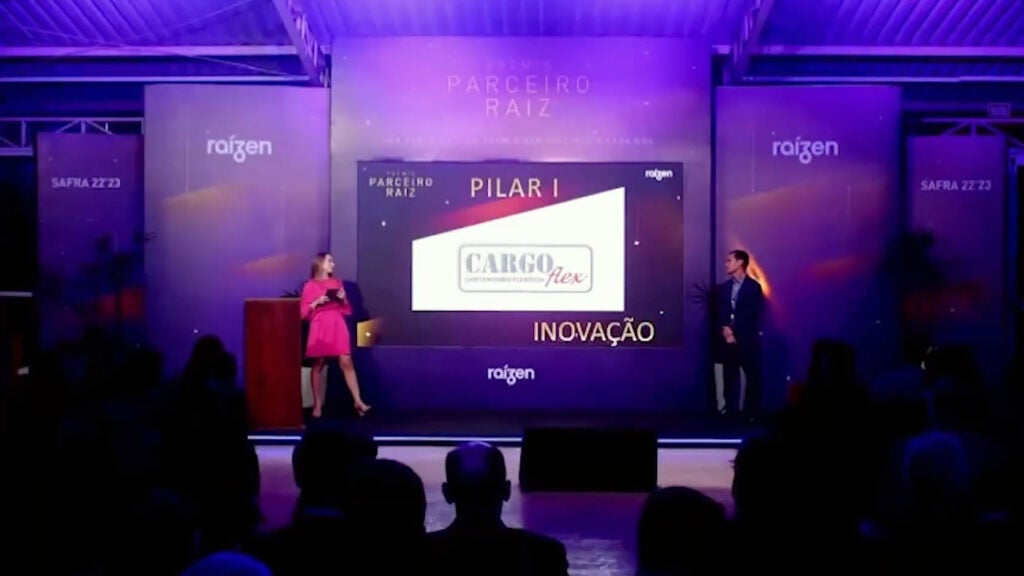In the refinery industry, many of the pressure vessels are vertical in orientation and supported by a skirt. The pressure vessel and support skirt are designed utilizing ASME Section VIII Division I where specific dynamic and cycle loading are at the discretion of the designer. In most cases, the pressure vessel and subsequent support skirt are designed to operate under continuous conditions where limited and temporary stresses such as unit start-ups and shutdowns are largely disregarded. Over the last few years, there has been heightened focus and mounting evidence that suggests these temporary stresses could reduce the life of pressure vessels. None being more impacted by this phenomenon than the Delayed Coking Unit (DCU).
According to AFPM, the United States has the largest concentration of delayed coking units of any market in the world with more than 60 refineries using the technology to destroy vacuum residuals and increase distillate yields. The first DCU came on-line in 1929 at the Standard Oil of Indiana refinery located in Whiting, IN. The coking process is cyclical and typically begins with one drum of a pair being pre-heated from ambient temperature to ~250F-350F via steam injection. The next phase begins by feeding the drums ~750F-850F residual oil. This is followed by additional steam injections to promote the thermal cracking process. Lastly, water is injected to cool and aid in solidification of the coke product. The drums are then hydrocut and de-headed to unload the coke product into storage areas. The cycle times for the coking process can vary greatly from 9 hours to 36 hours and begins again in subsequent drum of the pair. The shorter cycle times result in increased thermal cycles due to the accelerations in heating and quenching.

Due to this batch process, design and reducing cycle times being utilized by operators, coke drums experience substantial stress at the skirt to shell attachment location. The most recent API survey data highlights the issue of stress concentrations generating low-cycle fatigue cracking. The thermal stresses not only affect the skirt to shell welds but also can cause bulging, construction seam cracking, and other shell deformations. A tremendous amount of research has been dedicated to the attachment’s design and failure, resulting in the general agreement that it can be attributed to thermal gradients between the skirt and the shell. Furthermore, the larger the temperature variance between the skirt and shell the higher the generation of bending stresses.
Today, there is a significant profitability stream generated through the delayed coking process and unit reliability is of the upmost importance to refinery throughput. In addition, due to the large population globally of coking units in operation there is a heightened need for soundly engineered designs, advanced welding capabilities, and engineered repair methods. In the next article, we will explore some of the challenges faced when preparing for skirt to shell design changes from the welding perspective as well as some of the code definitions and their misconceptions.
References
American Society of Mechanical Engineers, Boiler & Pressure Vessel Code, Section VIII, Division I, “Rules for Construction of Pressure Vessels”, ASME, New York, 2015.
American Petroleum Institute, Technical Report 934G, “Design, Fabrication, Operational Effects, Inspection, Assessment and Repair of Coke Drums and Peripheral Components in Delayed Coking Units”, API, Washington DC. 2014.
American Fuels and Petroleum Manufacturers, AFPM. Technical Papers. Retrieved from https://www.afpm.org/data-reports/technical-papers.



